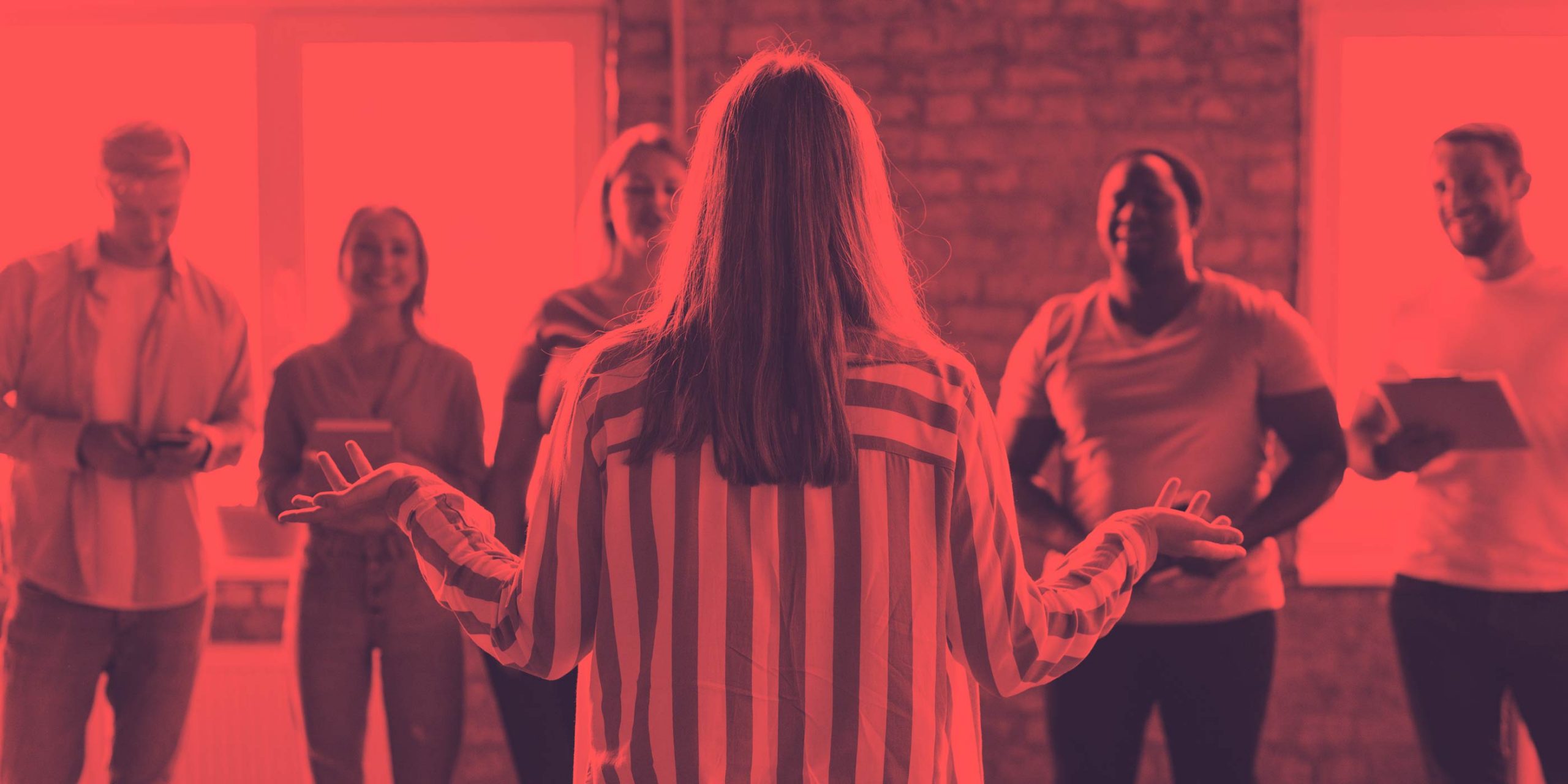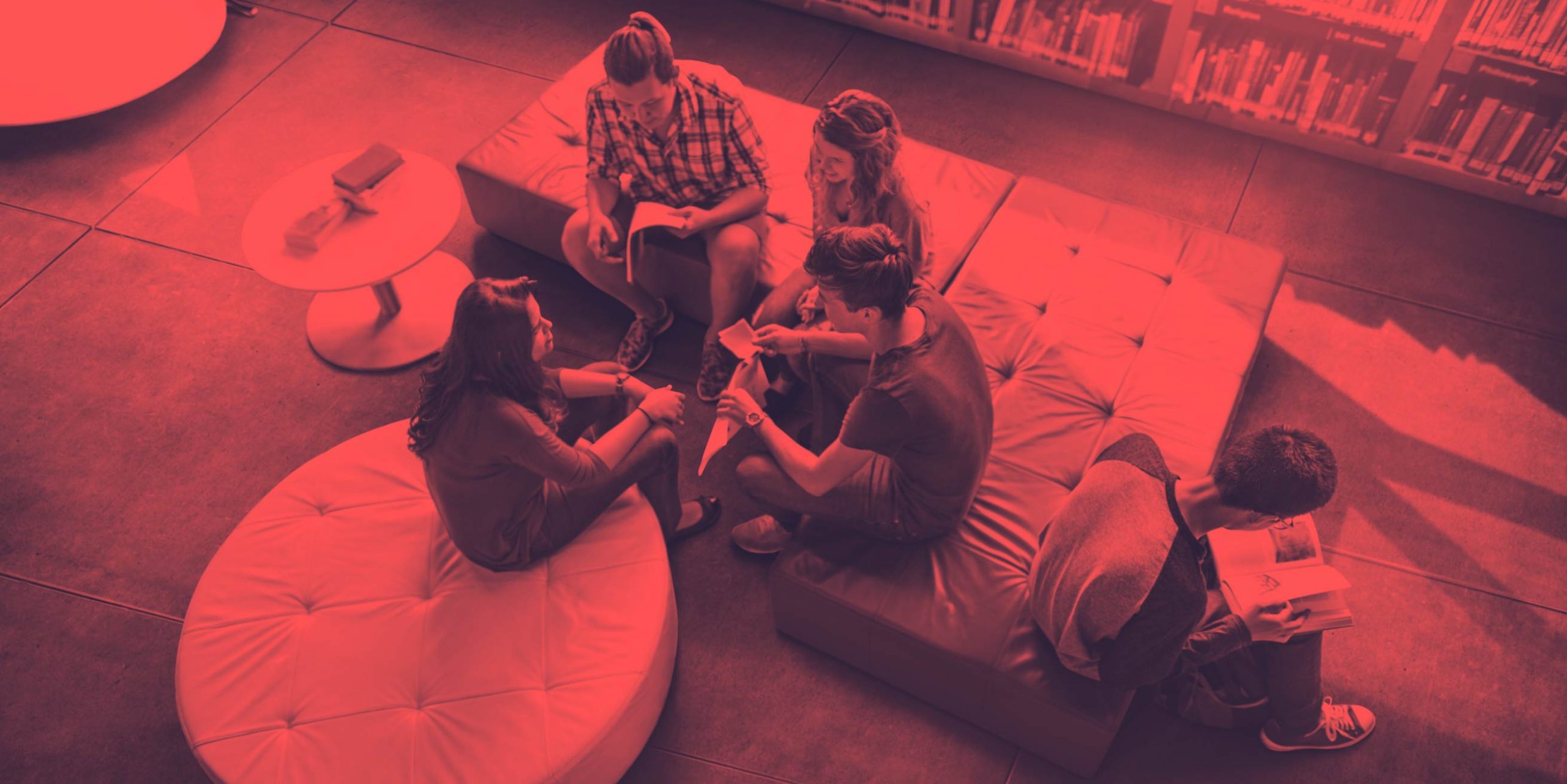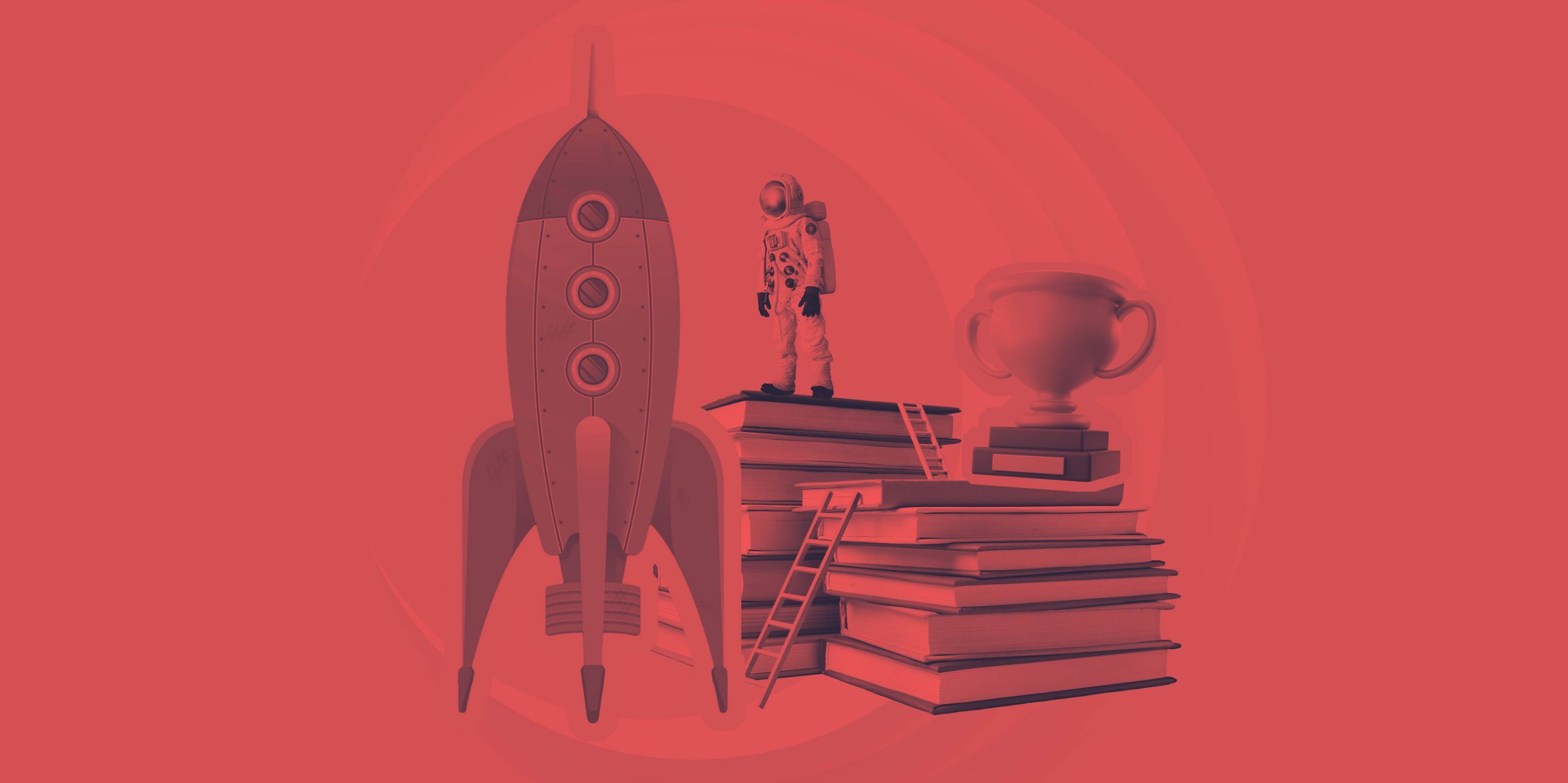Emeritus Professor of Education at the University of Manchester, Melvin Ainscow, is internationally recognised as an authority on promoting inclusion and equity in education. In this article we summarise some of his ideas from the Diàlegs magazine interview “Inclusion and Human Progress” on how to make SDG 4 “ensuring inclusive and equitable quality education and promoting lifelong learning opportunities for all” effective.
Ainscow says, “it is about addressing the barriers that make it difficult for some children to participate, to be present, and to make progress”. It refers to contextual barriers. The barriers can take many forms: the curriculum could be a barrier if it is not designed with all children in mind; the teaching methods could be a barrier if we don’t know how to plan a lesson for a diverse group of children; but some of the most difficult barriers are the barriers of our minds, the limitations of our own previous experience.
According to the expert, the important it is the process that is where people identify barriers and then work together to say how do they act to overcome those barriers. The evidence we have from many different countries in Latin America, in Spain as well, is that when that worked well, the changes that will occur will benefit all children. The word equity has been brought into the agenda as part of the UN process over the last 4 or 5 years. Now, the take equity to mean “fairness.”
Ainscow, sums it up in one simple sentence that contains the main points “Every learner matters and matters equally” and understands inclusion and equity not as a policy; it’s rather a principle that’s got to influence all policies: the curriculum, funding, assessment systems, organizations, communities, and schools.
The role of special education schools
First and foremost, Ainscow proposes that we must reassure parents that they will get the support their children need in the mainstream school. Therefore, we have to ensure that support is there, so this involves a process of transformation within the mainstream schools. The issue of special schools is an agenda that has been around for a long time. It goes back 200 years, and it is an agenda which varies in different parts of the world. There are some countries where there are still very large proportions of children in various kinds of special provision. But there are countries where there are almost no children in special provision. In his opinion, there are two that stand out in Europe: Italy and Portugal. Italy abolished all special provisions thirty years ago and so it is taken for granted that children go to the local neighbourhood school and the resources to support are being redirected in that direction. Portugal is possibly an even better example because 20 years ago, Portugal abolished all those special provisions and redirected those resources into the mainstream. In Portugal, schools work in groups, in clusters, and in each cluster, there is a resource centre to support children and teachers in making their lessons more inclusive.
So, this is the journey we are up, but, of course, it is a dilemma for a parent today who is worrying about that child, and rightly so; that’s why I think as we move forward, this is not just about what happens in schools, it has to connect to communities; it has to involve families, as well as other social resources in the community. And in places where we see progress, we see the progress which is led from schools; schools take the lead we are going to move forward in an inclusive direction.
Mel Ainscow is convinced that we must listen to parents and that they have to contribute. We need to talk with local businesses, universities, religious organizations: everybody has a role to play. And, crucially, the children themselves have a role to play. It has strong evidence that in schools where progress is made towards a more inclusive learning environment, children themselves contribute to those developments.
Equity for an inclusive society
If equity is a matter of moral responsibility, where every human being has the right to develop his or her abilities and participate fully in society, we can ask what benefits an inclusive system brings to individual learners, families, and society.
Ainscow thinks that one of the most significant events that occurred in relation to this agenda was in 1994 in the city of Salamanca, in Spain: there was a major Conference held in Salamanca that led to the “The Salamanca Statement and Framework for Action on Special Needs Education”. In a way, that conference and that statement opened the new pathway that has carried on in the following 26 years now really. If you go back to the “Salamanca Statement”, accessible on the UNESCO website, it says that if we want to have inclusive societies, societies where everybody is valued, welcomed, received as being significant, then we have to prepare the next generation of citizens to learn to live together. That’s why teachers must be told that be in no doubt yours is the most important job in our community because they are challenged to prepare their students to be the best generation of citizens.
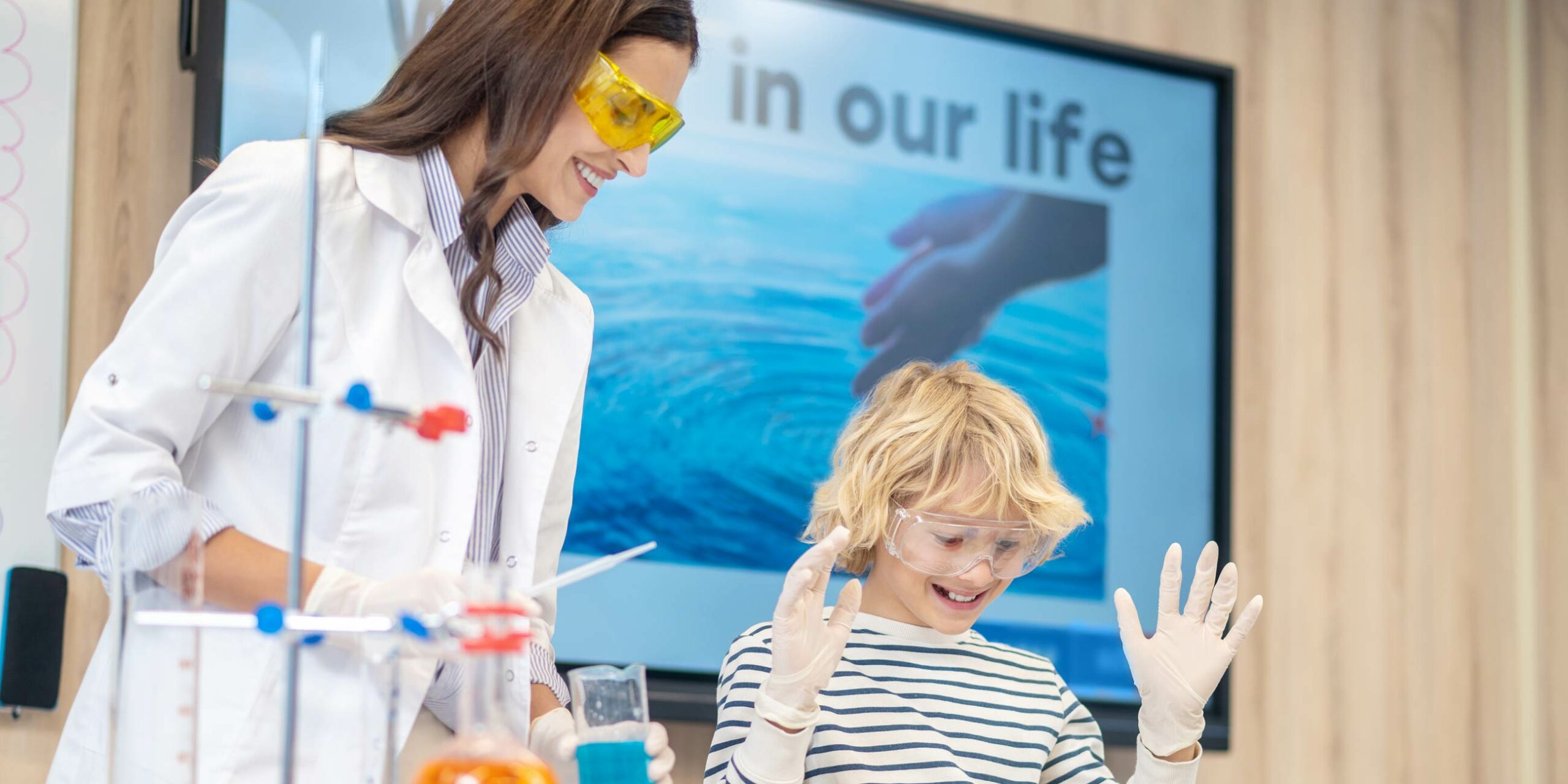
The teaching profession is the most important profession because it has the challenge of preparing students to be the best citizens
The author claims that the benefit about learning to live with difference, learning to learn from difference, in a way, that creates a sense of innovation with the communities. He explains this with a personal example: I live in the city of Manchester, and this is a post-industrial city; at the moment, something like 150 languages is spoken in our schools, something like 60 % of our children are bilingual. We used to think that this is an enormous problem, but this creates some challenges. What we have learnt in the last two decades really is that this is an opportunity to have the children who have a richness in their cultural, religious, linguistic background, is a stimulus for us to learn. Particularly in the cities of England, London, Birmingham, Manchester, the educational systems have improved dramatically because of the emphasis on using diversity as a stimulus for innovation.
Barriers to inclusion
The report “Inclusion and Education: All means all” (2020) on the state of education in the world concludes that a central obstacle is the lack of belief that it is possible and desirable. The barriers to this vision of inclusion are difficult to pin down because, according to Ainscow, each experience is a source of new learning. It will look different in different places because of geography, history, culture, tradition. Proposes to start by looking at the particular context because is the importance of inquiry, of looking at the context, gathering evidence -statistic evidence-, and possibly more important qualitative evidence: intelligence that helps us to understand a particular context.
Ainscow argues that government policy is also crucial. If you have a sort of policy that they have in Italy or Portugal, it is easier because it is a common understanding that inclusion is part of our central principle to moving forward. If you don’t have it, then it is more difficult for those involved. But overall, clearly, we have seen progress over the last 30 years, and he believes that the sustainable development goal 4, with this emphasis on inclusion and equity, is putting pressure on governments which is quite useful. His position is that we must demonstrate that is possible, that a more inclusive learning environment can be created in every classroom, in every school, in every community.
Strategies to make schools more inclusive
It is common in highly inclusive schools to be welcoming, cooperative and supportive places for all students. Moving towards ever more real inclusion involves, in our author’s view, being clear that the role is got every child to come along with new challenges and things that we don’t have seen before. The journey involves a continual process of asking questions and working collaboratively. That’s to say, what can we do to address the barriers that this child or this group of children are facing. So, it is a process of collaborative learning within the school community. Therefore, it requires leadership. It requires senior people to take this agenda as being important and bring people together in creating a collaborative environment. Most crucially, it requires the teachers to be part of the challenge. Teachers are policymakers, are those who implement the policies, because it when they close the door and work with the children, that is the policy the children experience.
Moving towards more and more real inclusion involves an ongoing process, asking questions and working collaboratively
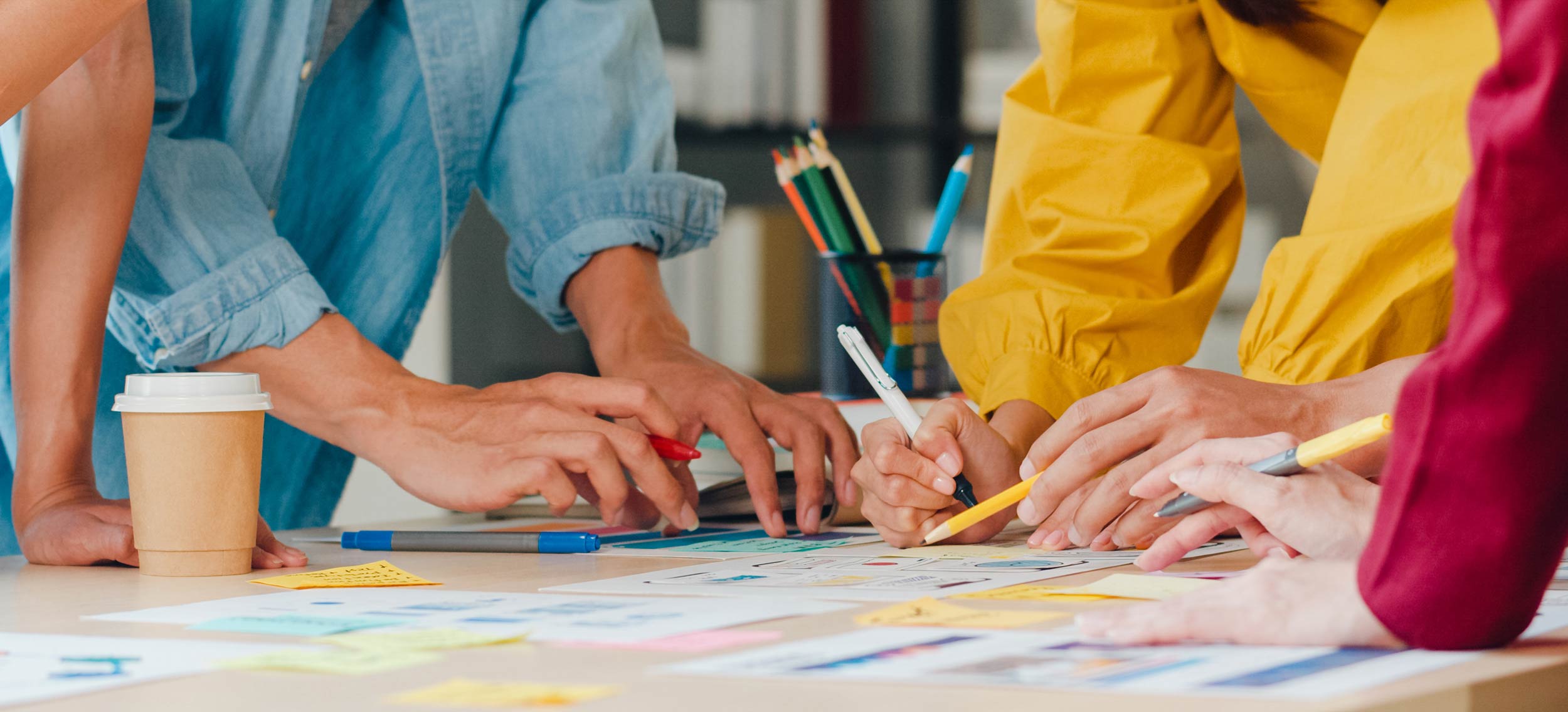
That is why education change is so difficult; you require understanding at every level of the systems. But the most important level without questioning, in their experience, is the teacher. That is why he suggests that teachers should look at each other’s work in their classrooms and discuss their practice. Teachers should take a holistic view of pupils and parents, thinking that they can help them to understand the situation.
What this can stimulate is a very powerful process of professional learning in the school. So, the school is not only just the place where the children are learning but is the place where the adults are learning. That’s why the leadership of this, creating the culture, the climate where this can go on, is very crucial.
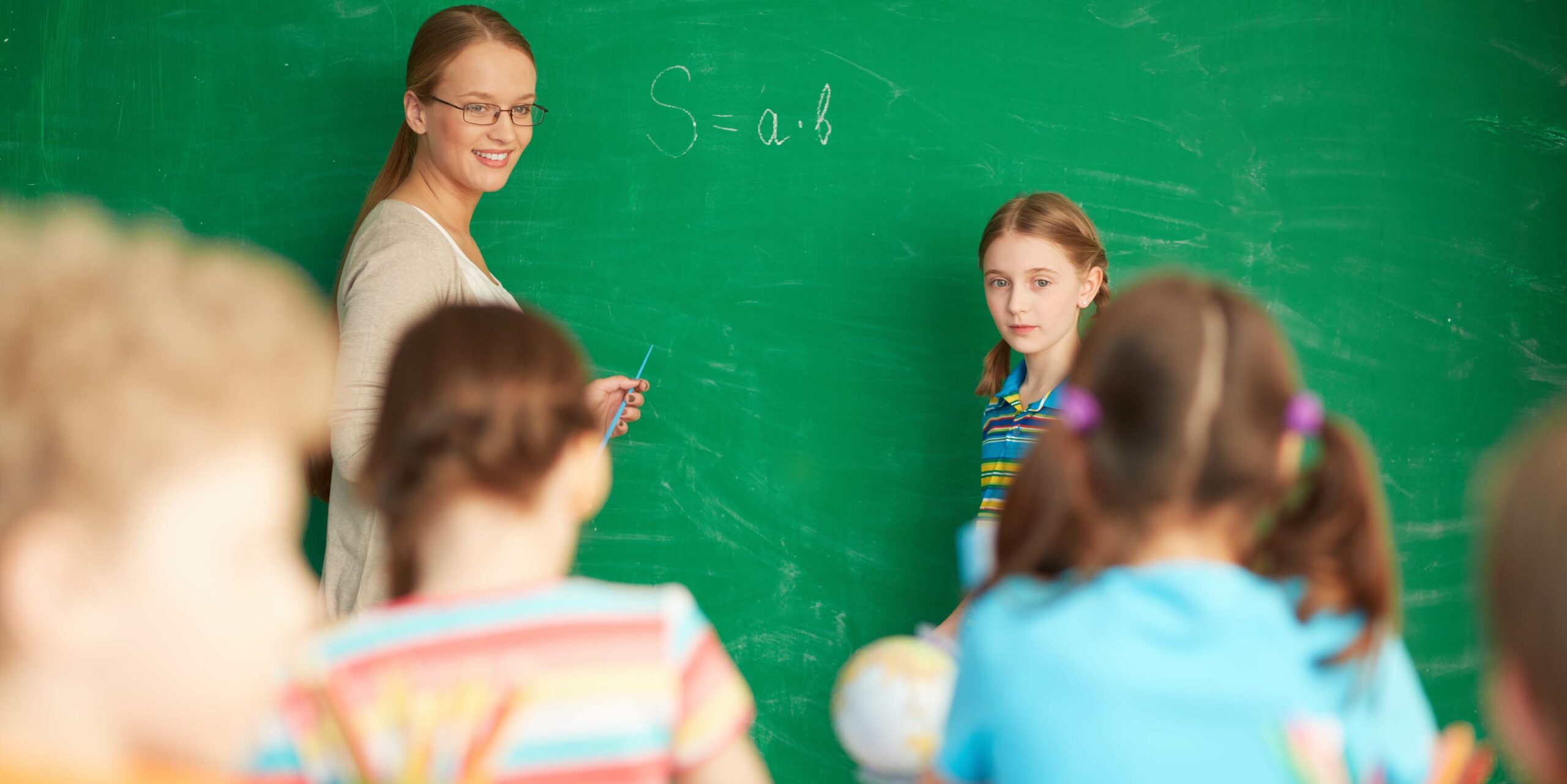
School is a place where students and adults learn, so it is crucial to demand leadership that creates this culture in schools
For Mel Ainscow, teacher training is a big challenge. This formative development starts in the university but needs to continue through the career, so you need to have a continuing program of teacher development. Teachers need to see one another is teaching, not for the purpose of performance evaluation but simply for the learning from one another. Most teachers work with the door closed in isolation.
Ainscow is not talking about going on courses or workshops-there’s a case for that, of course-. He is talking about much more profound professional learning that goes on in schools as teachers help one another to refine and adjust their practices. These are adjustments that move a teaching unit from less to more inclusive. This is achieved through details, language, attitudes, the way teachers ask questions, respond to students, etc. Ainscow says “schools that make progress are schools where teachers are constantly investigating their own practice collaboratively”.
Ultimately, on the road to inclusion there is always a change in the belief system of the school. This develops what we call an inclusive culture. That is why it is a journey that each school has to make in particular.
On the road to inclusion there is always a change in the belief system of the school, which is what we call an inclusive culture
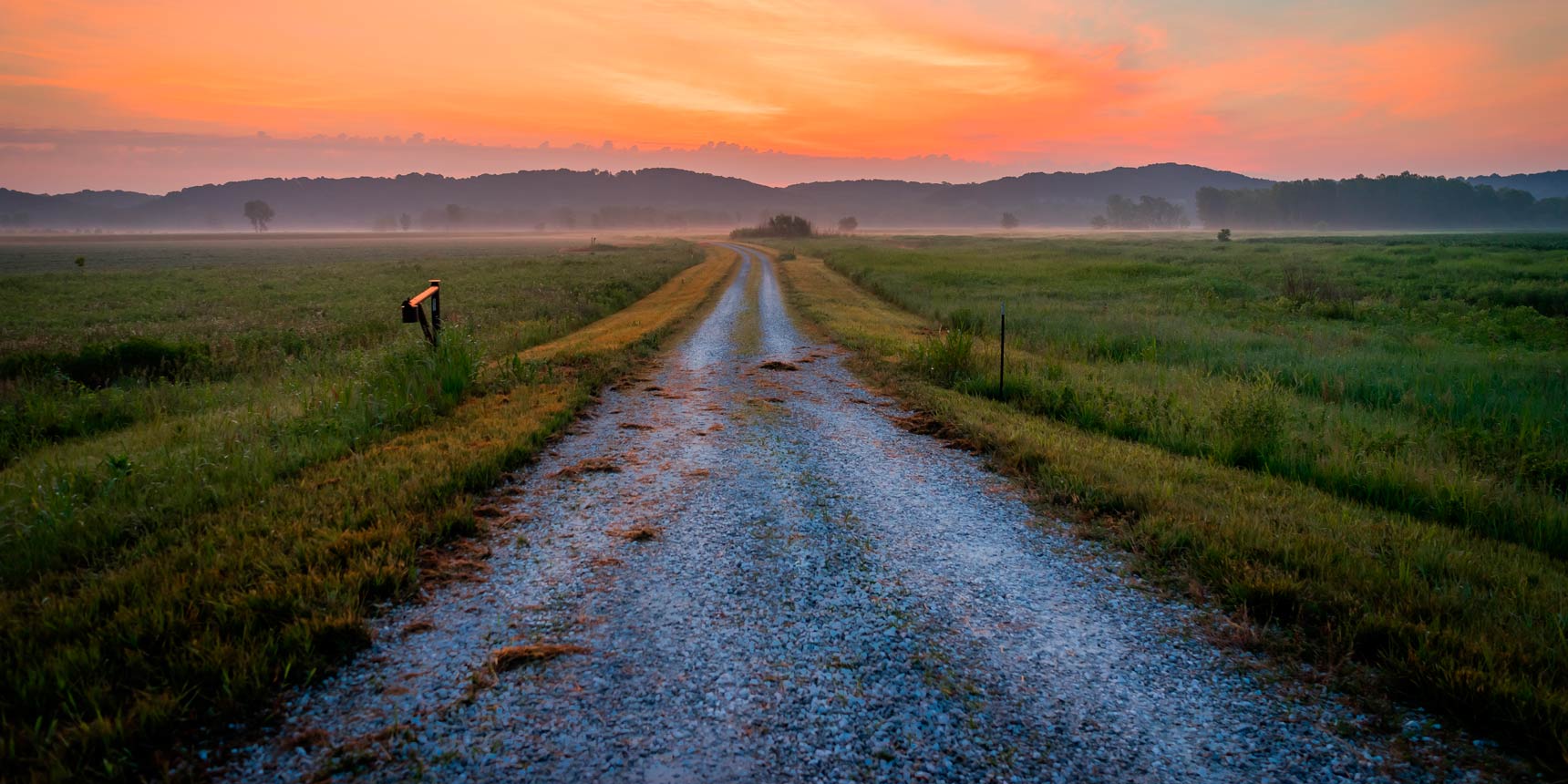
Read the full interview with Melvin Ainscow in Diàlegs “Inclusion and human progress”.

